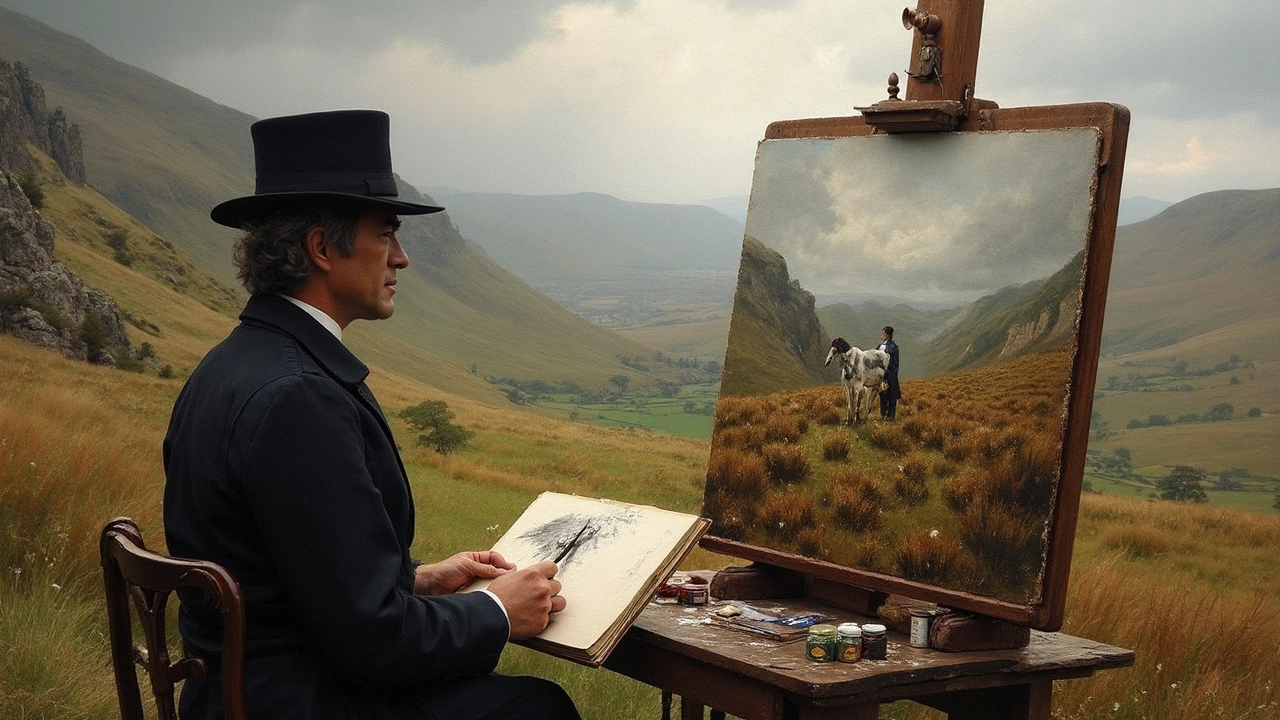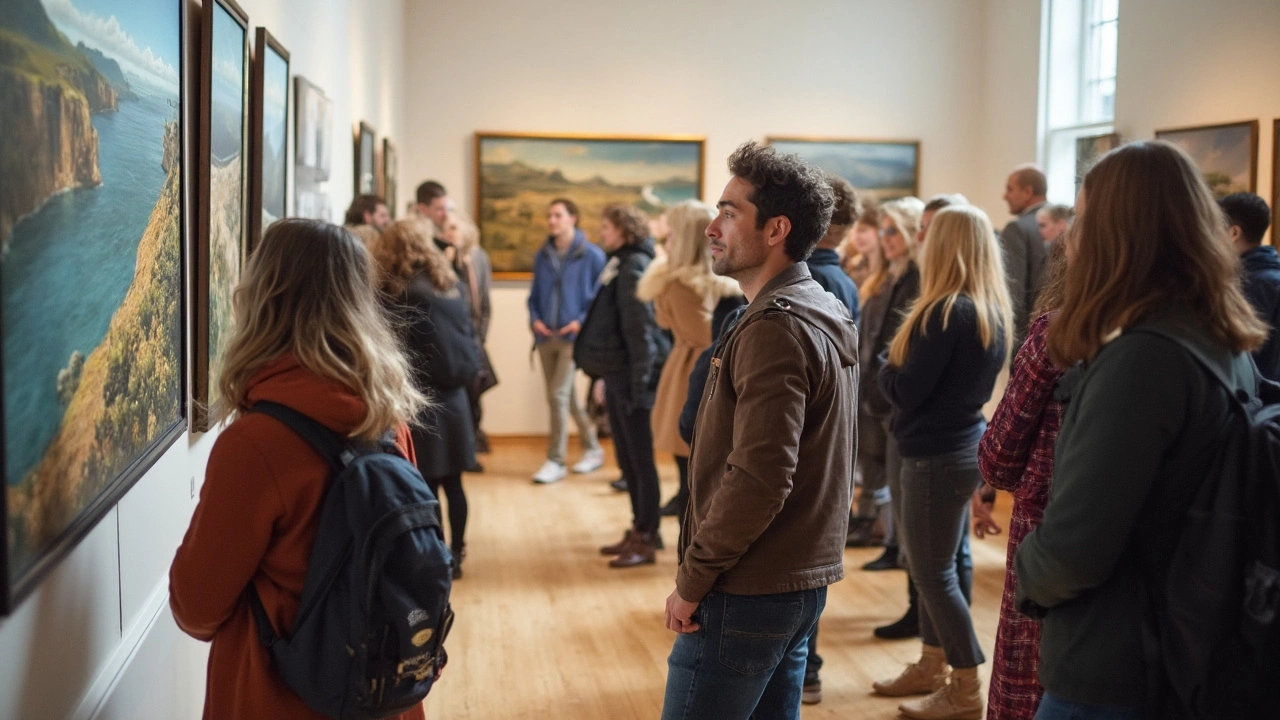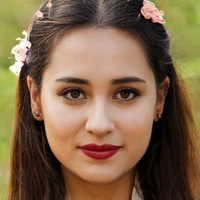If you’ve ever stood in front of a landscape painting and actually felt the breeze, you’ve probably met the hand of a truly realistic landscape painter. Realism in landscapes wasn’t always the big thing—in fact, there was a time when people wanted everything prettier and more magical than real life! But then, a few artists looked around and thought, what if we just painted nature how it actually looks?
This shift changed the whole game. Instead of perfect, dreamy hills and fantasy forests, artists started showing muddy paths, scraggly trees, and light hitting the ground exactly how you’d see it on a walk. It might sound simple, but it was bold (even a little controversial back in the day). Ever wondered how to tell if you’re looking at real realism or just a close copy? Or which painters are worth dropping into your next artist trivia night? Stick around. You’ll not only pick up interesting tips but also be able to impress the next time someone brings up landscape paintings at family dinner.
- The Rise of Realistic Landscape Painting
- Standout Names in Realistic Landscape Art
- How to Spot True Realism
- Fun Facts and Quick Tips
The Rise of Realistic Landscape Painting
Before realism took over, landscape painting was basically all about imagination. Artists would jazz up nature, toss in unreal colors, and skip details that didn’t fit their ideal. The big shift came in the 1800s—artists started asking, “What if we just showed nature the way it is?” Suddenly, muddy trails and cloudy skies became cool, and every leaf actually looked like a leaf. This was a pretty serious pivot in art.
The movement got a real lift thanks to the Barbizon School in France around the 1830s. These artists, including Jean-Baptiste-Camille Corot and Théodore Rousseau, actually left their studios and went outdoors to paint what they saw—trees, meadows, even cows that wandered into the scene. Over in England, John Constable was doing something similar. He’d sit by a river or a field for hours, making exact sketches of what was in front of him. Constable famously said,
“Painting is but another word for feeling.”
That sums it up: these painters wanted to put you right in the scene, not in some make-believe storybook, but into the actual weather, the dirt, the wild sky.
Here’s what really changed with realistic landscape painters:
- They ditched fake backgrounds and ideal scenes for real places and honest weather.
- Light and shadow became super important—painters obsessed over how clouds and sun actually change the landscape minute by minute.
- Pigments and tools got better, so artists could paint outside (“en plein air” was the trendy art term) and catch all those details on the spot.
| Year | Event |
|---|---|
| 1824 | First exhibition of Barbizon painters in Paris |
| 1826 | John Constable wins gold at Paris Salon for "The Hay Wain" |
| 1850s | Use of portable paint tubes makes outdoor painting easy |
This movement didn’t just freshen up the art world—it kind of shocked it. People argued about blurry clouds and messy brushwork because it felt so raw and real. But that honesty hooked everyone: what you saw was actually what you got.
Standout Names in Realistic Landscape Art
When people talk about who really nailed nature on canvas, one name practically shouts out: John Constable. This guy didn’t just paint the countryside—he painted the actual vibe. In early 1800s England, Constable would drag his canvas and paints straight into the wild, carefully studying every cloud and puddle. He’s famous for pieces like "The Hay Wain" (1821), which shows an ordinary English landscape, muddy and all. No wonder it’s one of the best-loved paintings in Britain.
But pause a second, because Constable had some serious competition. Over in France, Jean-Baptiste-Camille Corot and the Barbizon School were also dialing up the realism. Corot, in particular, mixed a mix of quiet lakes, trees, and early morning light, always trying to keep things as true to life as possible. And the Barbizon crew? They were the OG outdoor painters, refusing to just guess what nature looked like from memory.
If you head across the Atlantic, the Hudson River School pops up in America. Thomas Cole and Asher B. Durand brought wild American landscapes to life—not just the postcard views, but the gritty details, too. They weren’t shy about showing a twisted tree or a cloudy sky. Their paintings were so popular, they basically defined what Americans thought "nature" looked like.
Here’s a quick cheat sheet of top names and their best-known works:
| Artist | Country | Famous Work | Year |
|---|---|---|---|
| John Constable | England | The Hay Wain | 1821 |
| J.B.C. Corot | France | View at Narni | 1826 |
| Asher B. Durand | USA | Kindred Spirits | 1849 |
| Thomas Cole | USA | The Oxbow | 1836 |
These legends set the standard for realistic landscape painter skills, pushing everyone to up their game. If you spot an outdoor scene from the 1800s that feels really honest—not just pretty—it probably traces back to one of these artists. Next time you browse a gallery or scroll your phone, see if you can spot the little touches: wet ground, scrappy weeds, awkward sunlight, or clouds that look just a little bit too real.

How to Spot True Realism
Spotting a truly realistic landscape painter isn’t too hard once you know what to look for. The trick is to skip anything that looks too perfect or dreamy and focus on the details that only real life (and a patient artist) can deliver.
- Accuracy of Details: Realistic landscape art doesn’t gloss over the rough stuff. You’ll see crooked branches, random rocks, dirt on the path, and clouds that aren’t just fluffy shapes but show real weather.
- Light and Shadow: Watch how the artist handles sunlight and shade. In realism, shadows aren’t all the same color, and light doesn’t make everything glow perfectly. Look for sun streaks that act just like they would on a real afternoon hike.
- Real Perspective: If you feel like you could just walk into the scene—or get wet if it’s a river—that’s a big clue. Perspective is nailed so objects sit in the right spot, no matter where you’re standing.
- True-to-Life Colors: Realistic artists pick colors that show what you’d actually see: wet grass looks different from sun-baked hay, and water sometimes even looks a little muddy or greenish instead of blue.
Contrary to what some people think, realistic painters weren’t about making things look Pinterest-perfect. Check out the table below to compare realism with two other popular landscape styles so you can tell them apart easily:
| Feature | Realism | Romanticism | Impressionism |
|---|---|---|---|
| Details | Accurate, unfiltered | Idealized, often dramatic | Loose, suggested |
| Color | Naturally observed | Heightened, sometimes exaggerated | Often vibrant, visible brushstrokes |
| Light/Shadow | Precise, logical | Used for mood | More about feeling than accuracy |
| Perspective | True-to-eye | Slightly off for effect | May be flattened |
Here’s a quick tip: if you see a landscape painting with messy patches of grass, tiny weeds, and a tree with missing bark, you’re probably looking at realism. Those imperfect bits are actually signs that the artist really paid attention to nature. So next time you’re at a museum or scrolling through art online, use these clues to pick out the most realistic works—and brag about it later.
Fun Facts and Quick Tips
Let’s bust out some cool details and tricks about the world of realistic landscape painting. You might be surprised by how much these painters shook up the art scene.
- Did you know the famous realistic landscape painter John Constable was the first to actually pay serious attention to how clouds and weather looked in real life? He was out there sketching clouds when people thought it was a waste of time.
- One trick artists used to get extra realism: they’d layer oil paint super carefully, letting each bit dry before adding the next. Sometimes it would take weeks just to finish a patch of grass or a tree trunk!
- Cameras didn’t really catch on in the art world until the late 1800s. Before photography, painters like Ivan Shishkin went into the wild with just their brushes and a huge love for accurate detail, making what we’d now call “photo-realistic” art before cameras even existed.
- Those landscapes you see that look almost too real to be true? Look for small details like footprints, animal tracks, or bent grass. Realists loved sneaking in these tiny touches to prove how closely they observed nature.
If you want to feel more confident talking about this stuff or spot a true piece of realistic landscape art, here are some quick tips:
- Check the light and shadows. If they look spot-on for a certain time of day, the artist knew their stuff.
- Look for imperfections—real grass, clouds, and trees aren’t perfectly shaped, so neither are the best painted ones.
- If you see weather changes or stuff like muddy roads or stormy skies, the painter was probably trying to show nature as it actually is—not some fairytale version.
Next time you’re in front of a landscape painting, take a closer look. Try spotting the little details that prove how real the scene is. That’s where true skill (and some quirky artist personality) really shows!

